3D printing is an emerging technology in the manufacturing industry, known as a “manufacturing technology with industrial revolution significance.” In recent years, with advancements in industrial technology, 3D printing technology has rapidly developed and gained widespread media attention, with various 3D printing technologies being reported.
Below, I will share the principles of 3D printing in two parts: polymers and metals, mainly introducing five major polymer technologies: SLA, CLIP, 3DP, PolyJet, and FDM, as well as five major metal 3D printing principles: NPJ, SLM, SLS, LMD, and EBM.
1. SLA (StereoLithography)
SLA, or Stereolithography, is a light-curing molding technology that uses ultraviolet light to irradiate liquid photosensitive resin, causing a polymerization reaction that cures layer by layer to form a three-dimensional solid. The dimensional accuracy of parts produced by SLA is high, making it one of the earliest commercialized 3D printing technologies.
Below is the SLA process:
Layer-by-Layer Scanning Molding
2. CLIP (Continuous Liquid Interface Production Technology)
CLIP is a revolutionary 3D printing technology developed by Carbon 3D based on SLA technology, increasing the speed of 3D printing by 100 times!
CLIP projects from the bottom, curing the photosensitive resin while controlling oxygen in the uncured areas to create a dead zone, inhibiting the light-curing reaction and maintaining a stable liquid area, thus ensuring the continuity of curing.
Oxygen Inhibition of the Light-Curing Process
Demonstration of the Light-Curing Dead Zone
3. 3DP (Three-Dimensional Printing)
3DP is a rapid prototyping technology similar to traditional 2D inkjet printing, where a binder (colored binders can produce colored parts) is sprayed from a nozzle to bond powder on the platform, typically using gypsum powder as the molding material. Currently, 3DP technology is mainly applied in two areas: full-color 3D printing and sand mold casting.
Below is the process of sand mold casting using 3DP technology by Exone:
PolyJet is a polymer jetting technology, similar in principle to 3DP technology, but instead of a binder, it jets light-curing resin, which is cured after jetting using ultraviolet light.
PolyJet Molding Principle
PolyJet uses an array of nozzles, allowing it to simultaneously jet different materials, achieving multi-material and multi-color printing.
Array Nozzle Working Process
5. FDM (Fused Deposition Modeling)
FDM is a fused deposition technology that melts material at high temperatures and extrudes it through a print head to form a filament, which accumulates on the build platform. FDM is the simplest and most common 3D printing technology, typically used in desktop 3D printing devices.
Below is the working principle of FDM technology:
Material Extrusion Molding
Layer-by-Layer Printing Process
Metal 3D printing technology can be directly used for the rapid prototyping of metal parts, with broad industrial application prospects, and is a key area of development for 3D printing technology both domestically and internationally. Below, I will share the principles of five major metal 3D printing technologies: NPJ, SLM, SLS, LMD, and EBM.
6. NPJ (Nano Particle Jetting)
NPJ technology is the latest metal 3D printing technology developed by the Israeli company Xjet. Compared to conventional laser 3D printing, it uses nano liquid metal and deposits it through inkjet, achieving a printing speed five times faster than ordinary laser printing, with excellent precision and surface roughness.
Below is the working process of Xjet equipment:
Metal Particles Distributed in Droplets
Droplet Jetting Molding Process
Liquid Phase Discharge Process
2. SLM (Selective Laser Melting)
SLM, or Selective Laser Melting, is currently the most common technology in metal 3D printing. It uses a finely focused laser beam to rapidly melt pre-placed metal powder, directly obtaining parts of any shape with complete metallurgical bonding. The resulting density can reach over 99%.
The laser scanning system is one of the key technologies of SLM. Below is the working diagram of the scanning system from SLM Solution:
Laser Scanning and Melting
Metal Powder Melting Process
In the metal 3D printing process, due to the complexity of the parts, support materials are usually needed for printing. After the part is completed, supports must be removed, and the surface of the part must be treated.
3. SLS (Selective Laser Sintering)
SLS, or Selective Laser Sintering, is similar to SLM technology but differs in laser power. It is typically used for 3D printing of polymer materials.
Below is the process of preparing plastic parts using SLS:
SLS can also be used to manufacture metal or ceramic parts, but the resulting parts have low density and require post-densification treatment before use.
SLS Manufacturing Metal Parts
4. LMD (Laser Metal Deposition)
LMD, or Laser Metal Deposition, has many names as different research institutions independently study and name it. Common names include: LENS, DMD, DLF, LRF, etc. The main difference from SLM is that the powder is concentrated on the work surface through a nozzle and converges with the laser at one point, melting and cooling the powder to obtain a deposited overlay.
Below is the working process of the LENS technology:
5. EBM (Electron Beam Melting)
EBM, or Electron Beam Melting, has a process very similar to SLM, with the difference being that the energy source used is an electron beam. The output energy of the electron beam used in EBM is usually an order of magnitude larger than the laser output power of SLM, and the scanning speed is also much higher than that of SLM. Therefore, during the construction process of EBM, the entire build platform must be preheated to prevent excessive temperature during molding, which could lead to significant residual stress.
Below is the working process of EBM:
Changes of Powder during Melting Process
Source: Industrial Design, please contact for deletion in case of infringement.



 Purchasing Mathematical Science Popularization Books
Purchasing Mathematical Science Popularization Books
Selected “Mathematical Thinking Good Items”
Reading Gifts for Children | Office Essentials
Beneficial Toys for Children for Life | High-Tech Home
Exploring Mathematics: Figures, Anecdotes, Technology, and History of Development



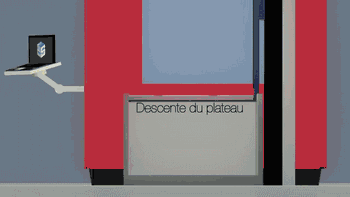
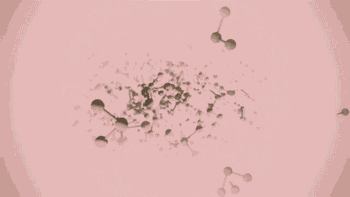
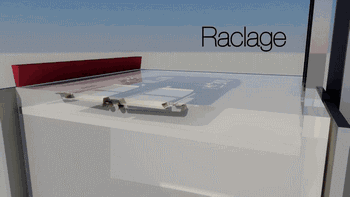
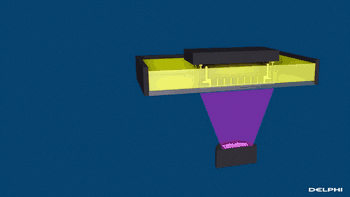
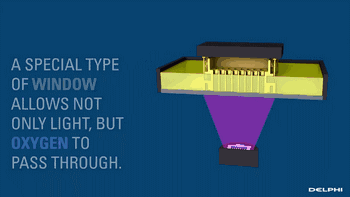
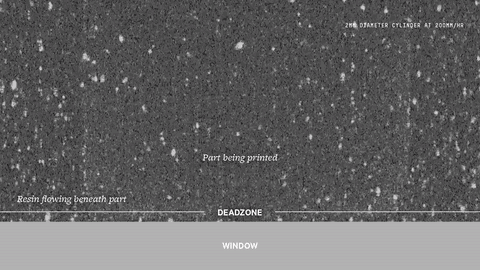
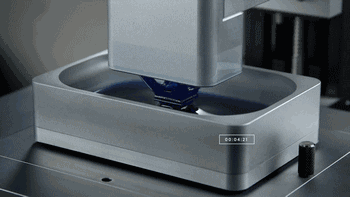
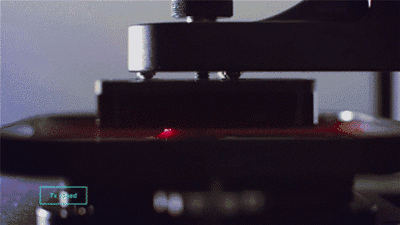
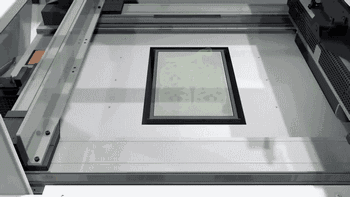
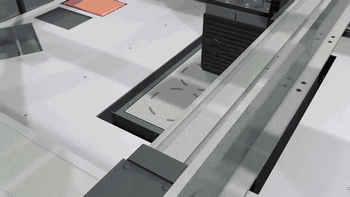
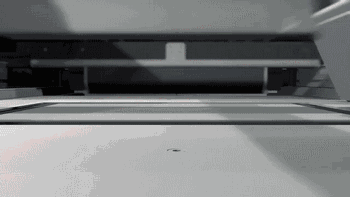



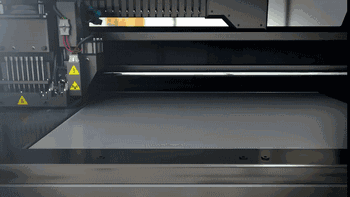

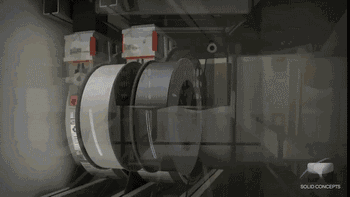
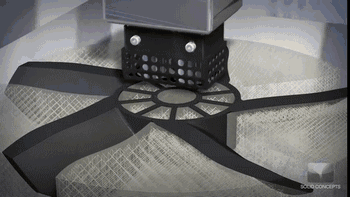

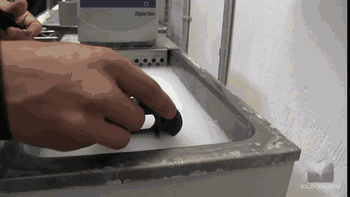

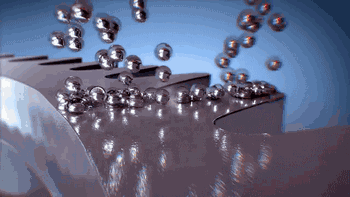
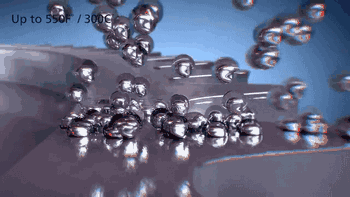
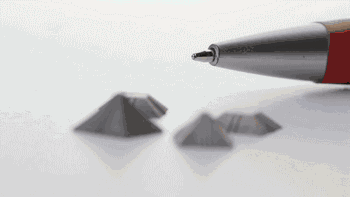
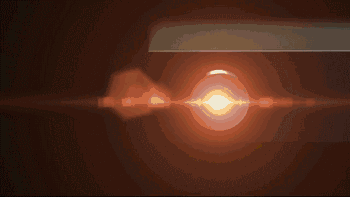
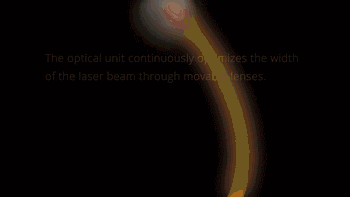

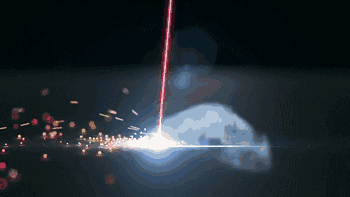


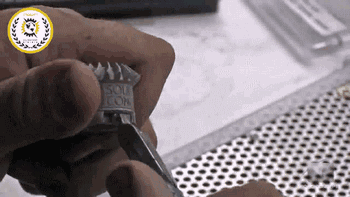
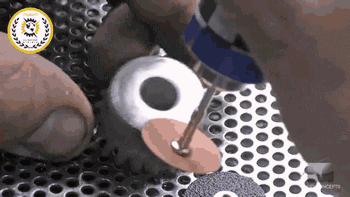


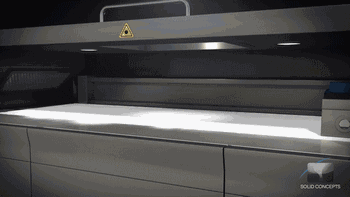



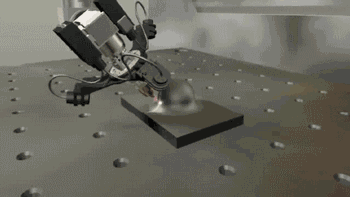
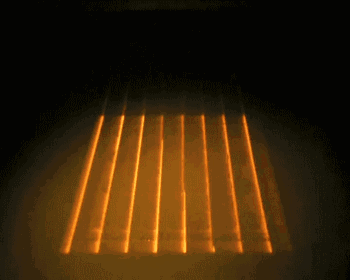

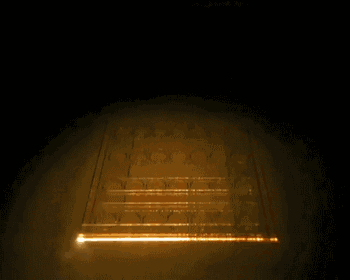
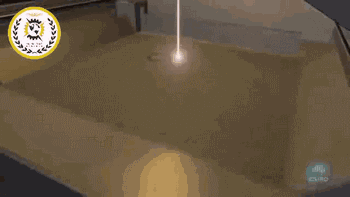



 Purchasing Mathematical Science Popularization Books
Purchasing Mathematical Science Popularization Books

